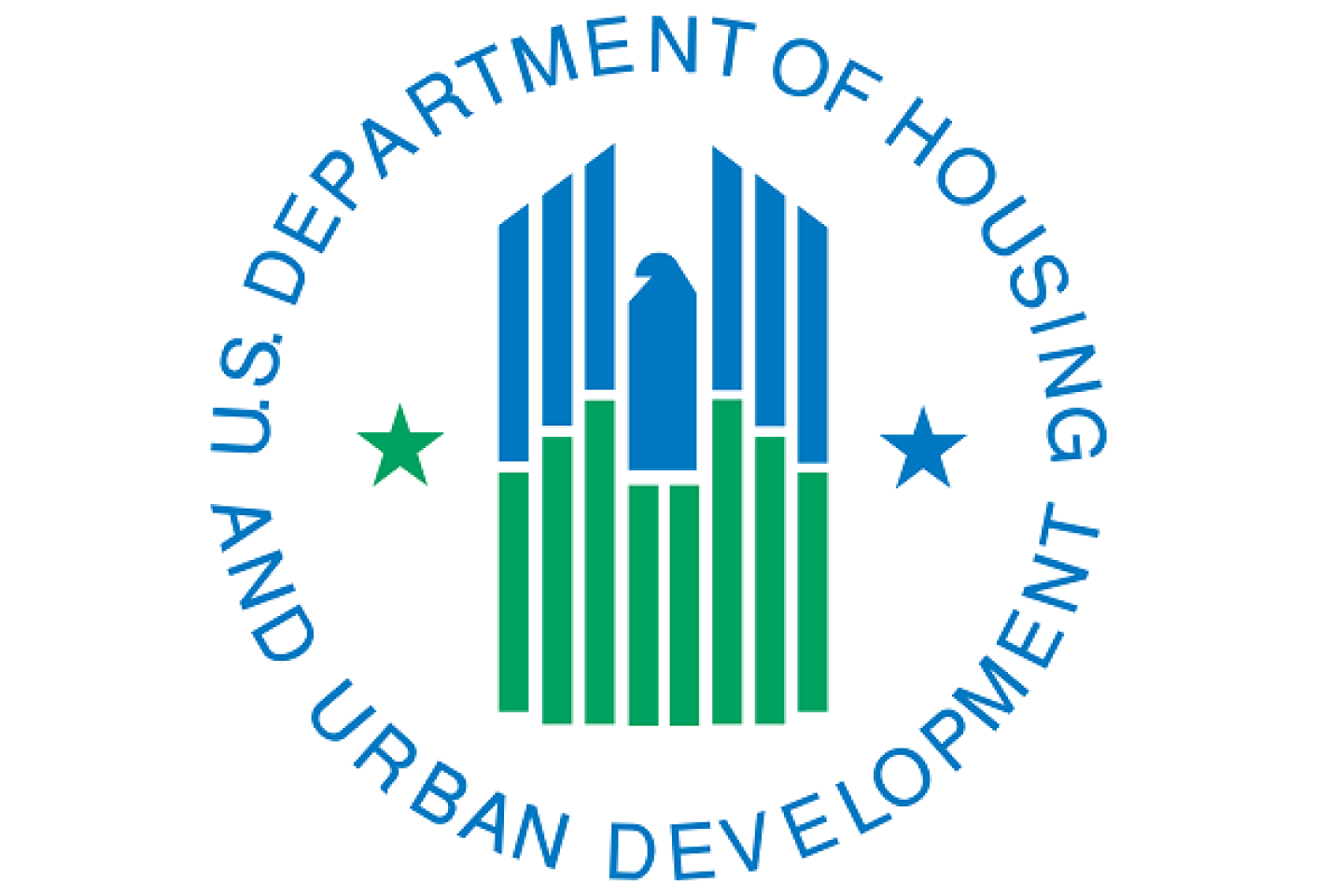New HUD Data Show Federal COVID Relief Prevented Rise in Homelessness
The Department of Housing and Urban Development (HUD) released new research and data that suggests pandemic relief efforts—including emergency rental assistance, eviction moratoria, stimulus payments, and expanded unemployment insurance and Child Tax Credits —prevented a potential surge in evictions and housing instability and temporarily reduced homelessness during the height of the COVID-19 pandemic.
The Worst Case Housing Needs Report estimates that 8.53 million renter households had “worst case needs” in 2021—the highest number since HUD started estimating these needs in 1978. Households with worst case needs are defined as renter households with very low incomes (incomes at or below 50% of area median income) who do not receive government housing assistance and pay more than half their income for rent, live in severely inadequate conditions, or both. Much of this increase was driven by rising rents and severe cost burdens faced by many low-income families as the rental market tightened.
Despite these trends, HUD’s Annual Homelessness Assessment Report: Part 2 for FY21 shows that fewer people entered a shelter program in 2021, and sheltered homelessness decreased by 17% between 2019 and 2021.
HUD leaders summarized the research for HUD’s online magazine, the PD&R Edge .
“While we didn’t solve the challenge of homelessness—only ensuring an adequate supply of affordable housing and access to supportive care can do that—these data provide valuable insights about how we address homelessness and ensure every person has a safe and stable place to call home,” said HUD Secretary Marcia L. Fudge.



